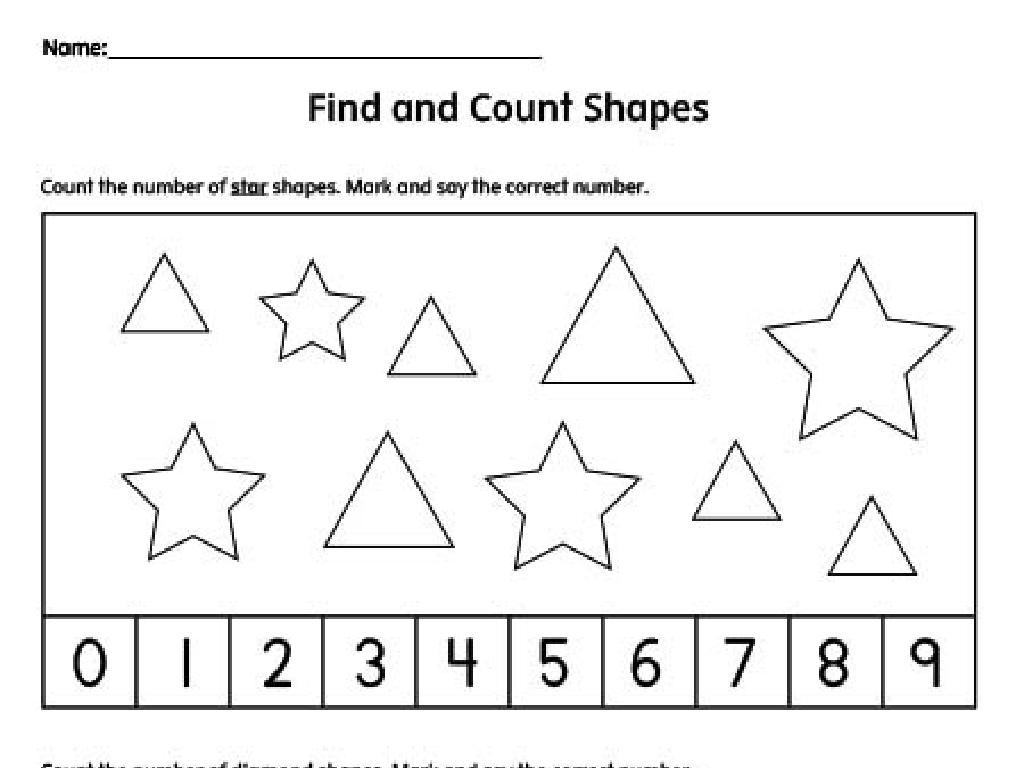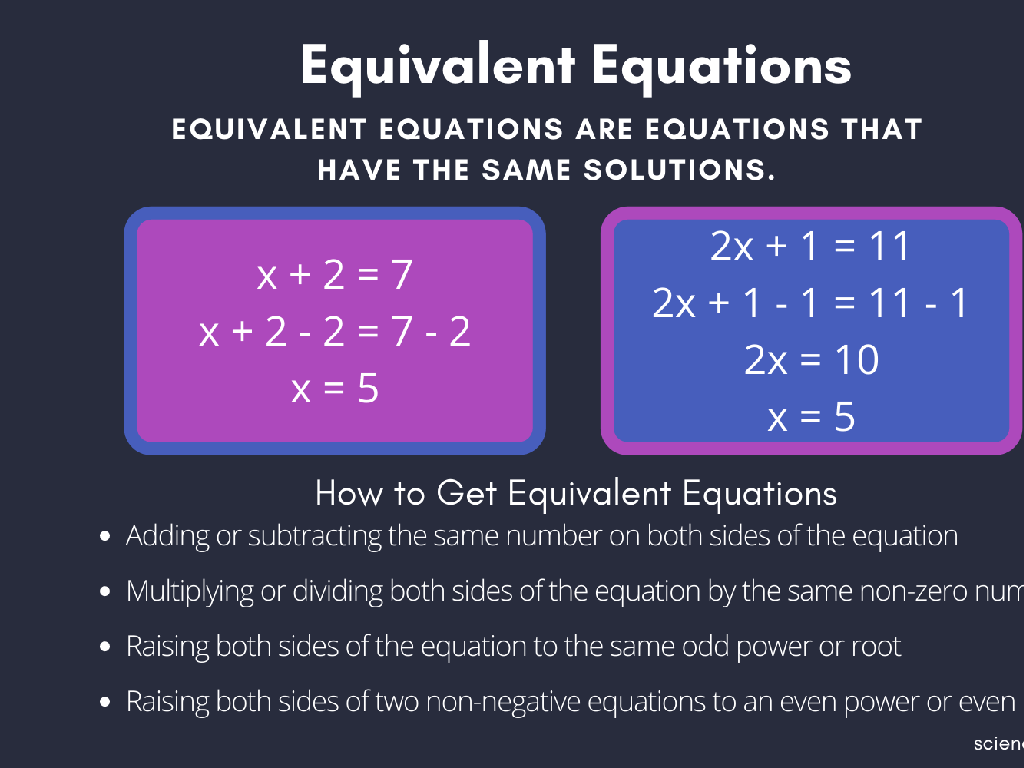Ap Microeconomics Standards Mappings
Subject: Economics
Grade: High school
Topic: Ap /College Microeconomics
Please LOG IN to download the presentation. Access is available to registered users only.
View More Content
Welcome to AP Microeconomics
– Intro to AP Micro Standards
– Framework for what you’ll learn in AP Microeconomics
– Economics in daily life
– How economic principles affect personal choices and global events
– Today’s lesson overview
– Learning objectives
– Clear goals for what you’ll understand by the end of today’s lesson
|
This slide is designed to introduce students to the AP Microeconomics course and its standards. Begin by explaining the AP Microeconomics Standards, which serve as a roadmap for the course content and outline the key concepts and skills students will learn. Emphasize the relevance of economics in everyday life, such as decision-making, resource allocation, and understanding market dynamics. Provide a brief overview of the topics that will be covered in today’s lesson, ensuring students know what to expect and how it fits into the larger framework of the course. Lastly, outline the specific learning objectives for the day to give students clear targets for their learning and to help them focus on the key takeaways.
Understanding the Economy: Key Concepts
– Define an economy’s function
– An economy is a system managing scarce resources for production, distribution, and consumption.
– Roles of individuals & businesses
– Individuals are consumers, workers, and savers; businesses produce goods/services.
– Circular flow in economics
– Describes how goods, services, and resources move through the economy in a continuous loop.
– Interdependence in the economy
– Shows how sectors of an economy rely on each other, creating a stable economic environment.
|
This slide introduces students to the fundamental concepts of an economy within the framework of AP Microeconomics. Begin by defining an economy as a system that coordinates the production, distribution, and consumption of goods and services. Discuss the critical roles that individuals and businesses play, with individuals acting as consumers, workers, and savers, and businesses as producers. Explain the circular flow model, which illustrates the movement of goods, services, and resources between producers and consumers, and how money flows through the various markets. Highlight the interdependence of different sectors within the economy, emphasizing the importance of each role in maintaining economic stability. Encourage students to think of real-world examples that demonstrate these concepts.
Basic Economic Concepts: Understanding Markets
– Scarcity and choice
– Limited resources require choices, creating opportunity costs.
– Market equilibrium
– The point where supply equals demand.
– Shifts in supply and demand
– Factors causing supply or demand curves to change.
– Market reactions to shifts
– How markets adjust to new equilibrium after shifts.
|
This slide introduces students to the foundational concepts of microeconomics. Scarcity and choice are at the heart of economic study, leading to the concept of opportunity cost, which is the next best alternative foregone. Market equilibrium is a key concept where the quantity supplied equals the quantity demanded. Students should understand the factors that can cause shifts in supply and demand, such as changes in consumer preferences or production costs, and how these shifts can affect market equilibrium. The slide sets the stage for further discussion on how markets react to changes and move towards a new equilibrium, which is essential for understanding economic dynamics.
Exploring the Production Possibilities Curve
– Understanding the PPC
– A graph that shows alternative ways to use an economy’s resources
– PPC and economic concepts
– Efficiency: points on the curve; Growth: outward shifts; Cost: opportunity cost of choices
– PPC shifts in the real world
– Examples: New technology (rightward shift) or natural disaster (leftward shift)
– Analyzing PPC diagrams
|
The Production Possibilities Curve is a fundamental concept in AP Microeconomics that illustrates the trade-offs and opportunity costs associated with allocating resources. It’s crucial for students to grasp how points on the curve represent maximum efficiency, while points underneath indicate inefficiency. Growth can be visualized as the curve shifting outward, often due to improvements in technology or increases in resources. Real-world events like technological advancements or disasters can cause the PPC to shift, providing tangible examples for students. When analyzing PPC diagrams, students should be able to identify efficient allocations, potential for growth, and the opportunity costs of different production choices.
Market Structures in Microeconomics
– Perfect competition traits
– Many firms, identical products, free entry/exit. E.g., agricultural markets
– Monopoly and market control
– Single firm dominates, unique product. E.g., utility companies
– Oligopoly dynamics
– Few firms, interdependent pricing. E.g., cell phone service providers
– Monopolistic competition
– Many firms, product differentiation. E.g., fast food restaurants
|
This slide aims to outline the four primary market structures covered in AP Microeconomics. Perfect competition is characterized by a large number of small firms, identical products, and no barriers to entry or exit, often exemplified by agricultural markets. Monopolies are at the other end of the spectrum, with one firm controlling the market, often due to unique products or high barriers to entry, like utility companies. Oligopolies are markets with a few large firms whose pricing and output decisions are interdependent, such as cell phone service providers. Monopolistic competition involves many firms that sell similar but not identical products, allowing for competition, like in the fast food industry. Understanding these structures helps explain variations in supply, pricing, and efficiency in different markets. Students should be able to identify real-world examples and discuss the implications of each market structure.
Exploring Factor Markets in Microeconomics
– Labor markets & wage determination
– Explore how wages are set based on supply and demand for labor
– Capital markets in the economy
– Understand how capital markets allocate resources for production
– Differences: Factor vs. Goods markets
– Factor markets trade in services of labor and capital, while goods markets deal in finished products
|
This slide aims to provide students with a foundational understanding of factor markets within the framework of AP Microeconomics. Begin by discussing labor markets, emphasizing how wages are determined by the intersection of labor supply and demand. Move on to capital markets, explaining their crucial role in allocating financial resources for businesses to invest in production. Highlight the key differences between factor markets and goods markets, noting that factor markets involve the services of labor and capital, whereas goods markets are concerned with the sale of finished products. Use real-world examples to illustrate these concepts, such as how a local business might decide on wages for employees or how a corporation raises funds for a new project.
Government Intervention in Markets
– Reasons for market intervention
– To correct market failures, protect consumers, and achieve a fair distribution of resources.
– Taxes, subsidies, and price controls
– Taxes can discourage production/consumption, subsidies can encourage them, and price controls can lead to shortages or surpluses.
– Assessing policy impact on efficiency
– Analyze how policies affect resource allocation and the trade-offs involved.
– Impact on equity
– Consider how policies affect the distribution of income among different groups.
|
This slide aims to explore the rationale behind government intervention in markets, such as to correct market failures, protect consumers, and ensure a fair distribution of resources. It will delve into the effects of taxes, subsidies, and price controls on market activities. Students should learn to evaluate the impact of these policies on economic efficiency, which concerns the optimal allocation of resources, and equity, which pertains to fairness in the distribution of economic benefits. The discussion should include real-world examples, such as taxation on cigarettes to reduce smoking or subsidies for renewable energy to promote its use. Encourage critical thinking about the consequences of these interventions and their implications for society.
Market Failure and Government Intervention
– Types of market failures
– Explore monopolies, public goods, and information asymmetries
– Public goods and externalities
– Understand non-excludable and non-rival goods, positive and negative externalities
– Government’s corrective role
– Examine taxes, subsidies, and regulations as government tools
– Market failure case studies
– Analyze real instances where government intervention addressed failure
|
This slide aims to introduce students to the concept of market failure and the various forms it can take, such as monopolies, public goods, and information asymmetries. Students should learn how public goods and externalities can lead to inefficiencies in the market. The role of government is to correct these market failures through tools like taxes, subsidies, and regulations. To solidify understanding, present case studies where government intervention has successfully addressed market failures. Encourage students to think critically about the balance between free markets and government regulation, and the impact of these interventions on overall economic welfare.
AP Microeconomics Exam Preparation
– Grasp the exam structure
– Familiarize with multiple-choice and free-response sections
– Study strategies and time management
– Allocate study time, use review books, and attend study groups
– Practice with previous exams
– Use released exams to understand question patterns
– Reviewing answers and rationales
– Analyze correct and incorrect answers to improve understanding
|
This slide aims to equip students with essential tips for succeeding in the AP Microeconomics exam. Start by understanding the exam’s format, including the types of questions to expect. Effective study strategies are crucial; students should learn to manage their study time, utilize review books, and participate in study groups for collaborative learning. Practicing with past exam questions helps students become familiar with the format and question styles, while reviewing answers, especially the explanations for why answers are correct or incorrect, deepens their understanding of microeconomic concepts. Encourage students to create a study schedule that includes regular practice and review sessions, and to seek help from teachers or peers when needed.
Class Activity: Market Simulation
– Engage in market simulation
– Role-play: consumers and producers
– Apply economic concepts
– Understand supply and demand through interaction
– Reflect on market dynamics
– Discuss the outcomes and principles observed
|
This class activity is designed to help students experience and understand the dynamics of a market economy. Students will be divided into groups, with some acting as consumers and others as producers. They will use play money to engage in transactions for goods or services. This simulation will allow students to apply concepts such as supply and demand, market equilibrium, and the role of competition. After the activity, students will reflect on their experience, discussing how economic principles played out in the simulation. Possible variations of the activity could include introducing government regulations, price controls, or different market structures like monopolies or competitive markets to see how students adapt their strategies.






